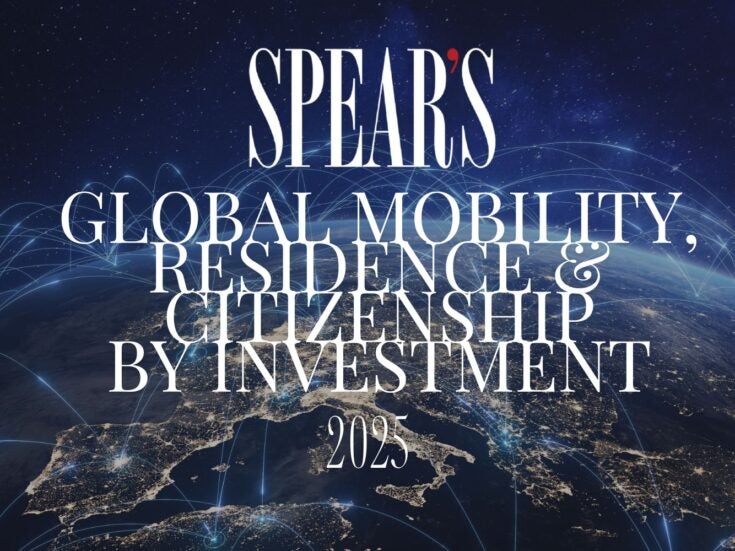Life of Pi is a remarkable fillip, says Amir Feshareki, the novel’s belief in the power of telling becomes the film’s belief in the power of showing. And what a show it is.
You will, I’m sure, be familiar with Yann Martel’s tale. It is, after all, the bestselling Booker Prize winner by quite some distance, this, the story of Pi Patel, played here as a teenager by newcomer Suraj Sharma and as an adult by the great Irrfan Khan.
The story we are being told comes from the perspective of the adult Pi who recounts his tale for an unnamed Canadian novelist (a handsome Rafe Spall in the role of Martel himself?) in need of some writerly inspiration.
Pi goes one further: he tells the author that the story he is about to hear—this story of a precocious boy who grew up on a zoo in Pondicherry, India, who takes an ill-fated voyage across the Pacific when his family decide to move said zoo halfway across the world, who ends up on a life raft with only a Bengal tiger called Richard Parker for company—will make him believe in God.
It is, quite simply, beautiful to look at: imagine an entire sky full of flying fish glinting as they whiz past; an ocean of jellyfish gleaming in their abstraction; an island of meerkats terrific in their numbers.
A procession of gorgeously lensed images that will have you staggering out of the theatre, back into the world with a renewed view, courtesy of ace cinematographer Claudio Miranda whose luminous work you may remember from David Fincher’s The Curious Case of Benjamin Button.
For the first time I forgot I was wearing those damn 3D glasses, I even forgot that the tiger was a product of digital trickery: that’s quite something. In the rear view mirror, these moments have grown only richer in my mind. It is the most lyrical use of 3D yet. I haven’t seen an adaptation quite like Life of Pi before.
Yet, of all the recent lit-hits to adapt, Life of Pi is perhaps the most curious. Not for the fact that the novel had been deemed unfilmable—how could any subject be beyond the reach of film?—more because how much you take from the film very much relies on how familiar you are with the source novel.
Of course, this could be argued for any literary adaptation but Life of Pi is a different beast altogether. It is the story of a man and a beast: or is it?
The screening I attended was split fifty-fifty: half of the audience were laughing, chirping, enthused by the wonders they were seeing. Who could blame them? This is, after all, a film full of the joy of life.
There were some of us, however, who were understandably more silent, who had read the novel, who had a parallel text running concurrently in our heads. Martel’s novel isn’t one that is easily forgotten. We were only too well aware of the portents on screen.
To divulge any more would be ungenerous of me. Life of Pi tacitly challenges you to make your own mind up; it corroborates both viewpoints, whether you’re devout or don’t believe. I couldn’t get in the way of that.
What I will say is that director Ang Lee’s decision to transfer the novel’s structure to the screen intact—with its gut-punch of an epilogue, here eerily reminiscent of Anne Hathaway’s final phone call in Brokeback Mountain—was a brave move. And it pays off. Really, much like Atonement, another of this century’s great novels turned out for film, this is a story about storytelling.
The literal nature of the movies as a narrative medium makes this story structure a tougher sell. Lee, though, works so hard during the main course—the seamless CGI; the careful plotting of the story’s thematics; those colours!—that I went into the coda unquestioningly.
It is a remarkable fillip: the novel’s belief in the power of telling becomes the film’s belief in the power of showing. It just depends on how far you can bring yourself to believe in the conceit.
Martel’s novel was a testament to the furthest reaches of the human imagination: I still shiver at the thought of that book’s expansive palette. No wonder it resonated with all those readers. In Lee’s version for the screen, it has found its visual equal. Magic realism, indeed.
Read more by Amir Feshareki
Don’t miss out on the best of Spear’s articles – sign up to the Spear’s weekly newsletter
[related_companies]





